Applications for Ohio Farm Bureau Health Plans now available
Members have three ways to apply: contacting a certified agent, calling 833-468-4280 or visiting ohiofarmbureauhealthplans.org.
Read MoreRecently, a family member was involved in an accident in which the tractor he was driving was struck by a car that was attempting to pass. This incident has had our family and friends talking and has heightened our awareness to the continued safety hazards of farming.
Accidents can happen anywhere, but as farmers are transporting equipment to the fields, they often have to travel many local roads and state highways. There are many things that can negatively affect the safety of the agricultural operators and automotive operators. Today’s large farm equipment sometimes overlaps into other lanes. Curves, hills and other blind spots reduce a motorist’s ability to see farm equipment traveling on the road, and vice versa. Poor road conditions also play a factor in equipment-auto accidents.
The difference in speed is a huge factor. Here is an example given by Ohio State University Extension: “If a car is traveling 60 mph and approaching a tractor traveling 20 mph, how long does it take for the car to travel 400 feet and reach the tractor? Less than 6.5 seconds.”
Even though automobiles traveled much slower 60 years ago, the speed difference was still a contributing factor in these types of accidents. So much so that a retrospect research study was conducted by Walter McClure and Ben Lamp from the Ohio State University Department of Agricultural Engineering.
It was discovered that most of the accidents were the result of rear-end collisions. Additional research by Ken Harkness, Ohio State University, followed that resulted in the development of the slow-moving vehicle emblem. It was in the early 1960s that SMV emblems began appearing on slow moving farm equipment, including horse drawn wagons and implements. By 1971, SMV emblems were adopted as a national standard by the American National Standards Institute.
SMV emblems are bright, fluorescent triangles with reflective borders that must be visible from 500 feet alerting motorists to slow down as they approach. These emblems are to be used only on the rear of slow-moving vehicles operating on streets and highways at speeds of 25 mph or less. They must be mounted near the center of the equipment with the point up, between 2 and 6 feet above the ground. It is illegal to place a SMV emblem on a still object. Use something else to mark your mailbox and driveway.
As I prepared for this article, I thought it would be easy to find straight-forward rules and laws about passing farm equipment. The first place I looked was the Ohio Bureau of Motor Vehicles website and the online study resources that are used when preparing to take your drivers test. No luck.
I did find the SMV emblem picture and description and this statement: “The SMV sign indicates that special care must be taken when sharing the road with such a vehicle. Extra patience and caution must be exercised when passing slow-moving vehicles.”
Although I couldn’t find the detailed law, here are some good guidelines. It is a no-passing zone for a reason, don’t pass. If you can’t see the driver or the mirrors that he / she would be using, they can’t see you either, don’t pass. If the equipment you are following slows to an even lower rate of speed, assume that they are preparing to turn. Reaction time is the biggest safety contributor in all scenarios, so slow down.
Thankfully, our family member was not hurt and a passenger in the vehicle had some minor injuries. In all your travels be safe.
Submitted by Mary Smallsreed, a member of the Trumbull County Farm Bureau who grew up on a family dairy farm in northeast Ohio.
OFBF Mission: Working together for Ohio farmers to advance agriculture and strengthen our communities.
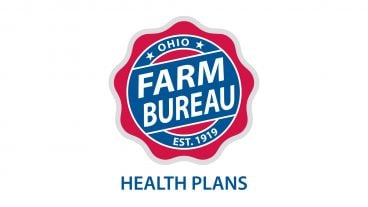
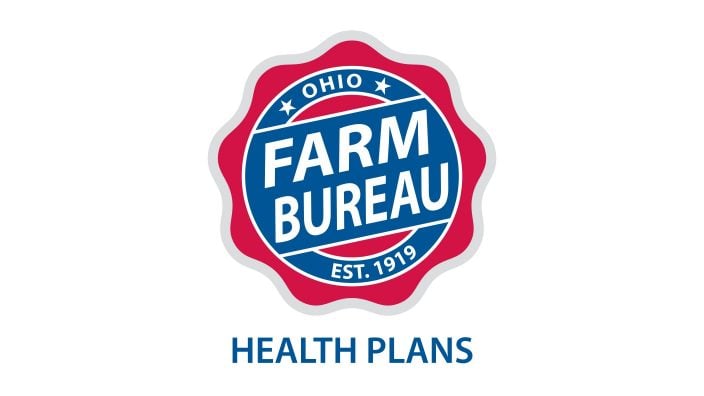
Members have three ways to apply: contacting a certified agent, calling 833-468-4280 or visiting ohiofarmbureauhealthplans.org.
Read More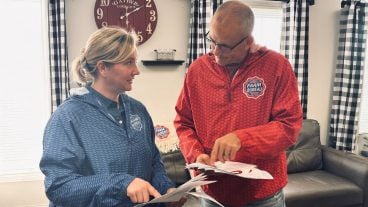
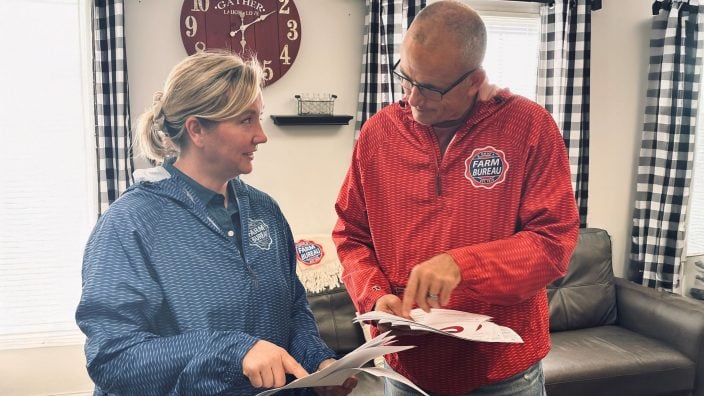
One of the best decisions Shannon and Heather Utter made a few years ago was looking into a Farm Bureau member benefit that has ended up saving them thousands of dollars on their energy bills.
Read More

Ryan Hiser has experienced first-hand the importance of having the opportunity to vote on issues that will affect his family operation and other farmers.
Read More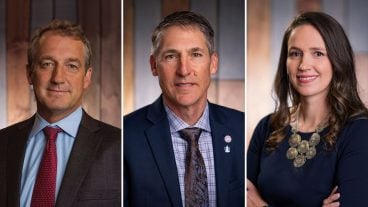
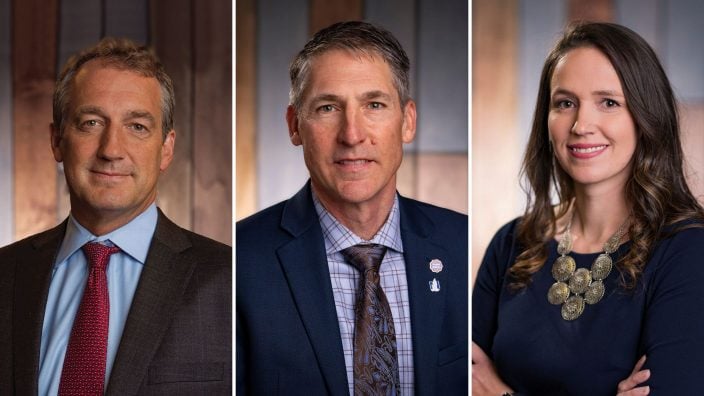
Bill Patterson, Cy Prettyman and Adele Flynn will continue to serve as officers for Ohio Farm Bureau Federation.
Read More
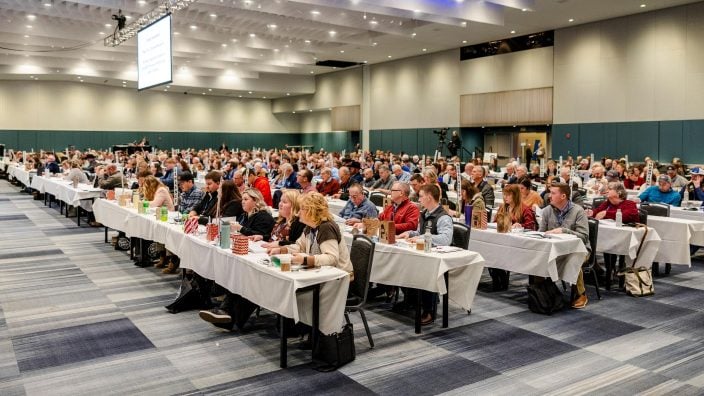
Delegates discussed many topics impacting agriculture including farmland preservation, local foods, and succession planning.
Read More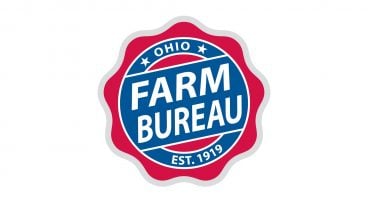
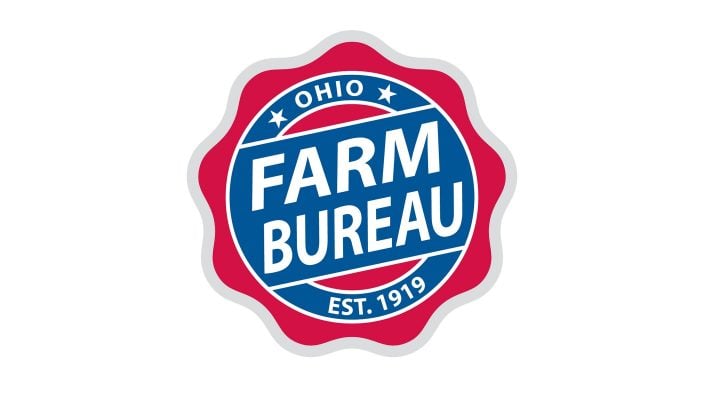
Twenty-six farmers govern the state’s largest farm and food organization.
Read More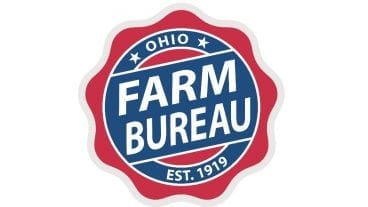
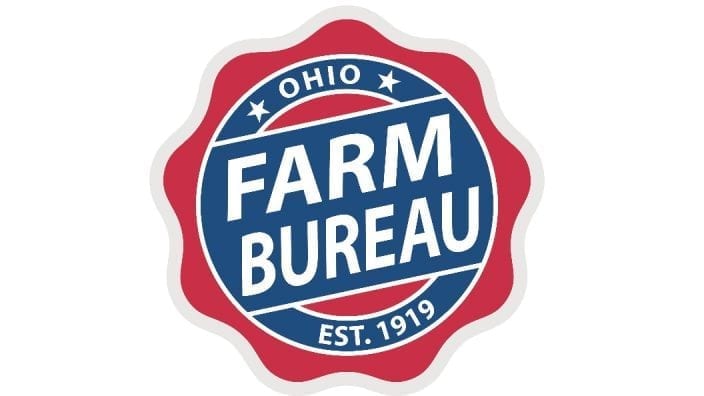
The 2025 recipients are Fred Cooke (posthumous) of Richland County, Marvin Dietsch of Williams County, Steven Knollman of Hamilton County and Michele Miller (posthumous) of Ottawa County.
Read More
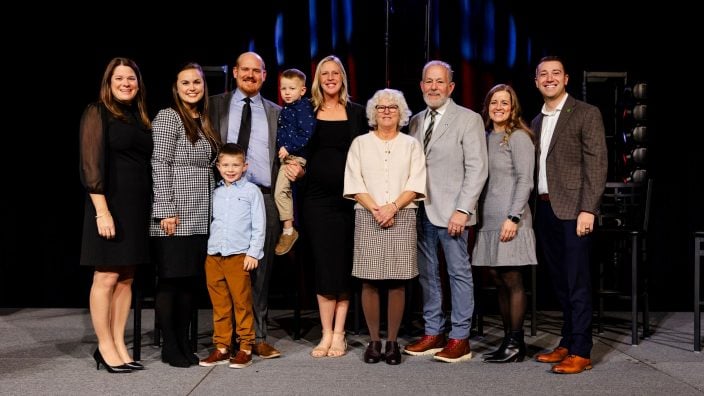
Nathan and Jill Parriman grow seasonal crops, including Christmas trees, pumpkins and cut flowers, providing U-cut experiences that invite customers to engage directly with agriculture.
Read More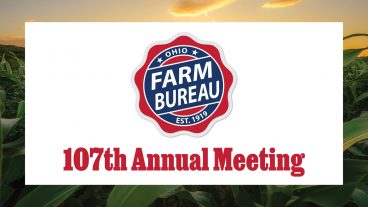
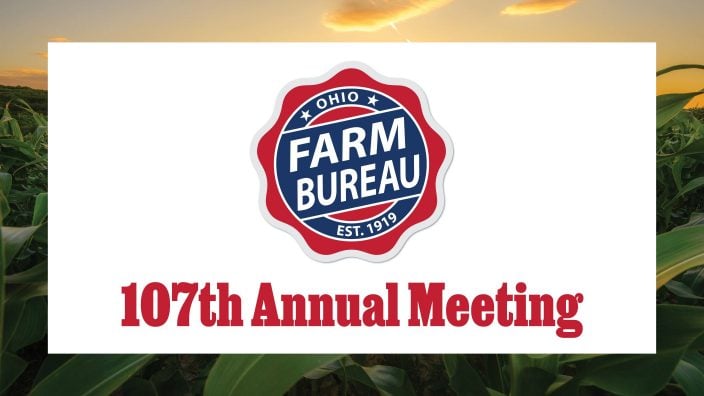
The 2025 Distinguished Service Award recipients are Craig Adams, Mike Townsley, and Kellogg Farms, Kurt Farms and Stateler Family Farms.
Read More

Ohio Farm Bureau Treasurer Adele Flynn participated in the meeting, representing Ohio farmers.
Read More